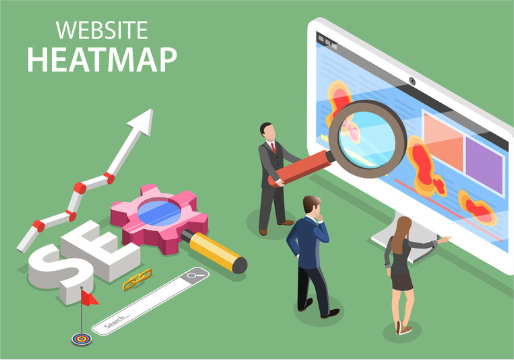User Mapping (UX)
Meaning: UX (User Experience) mapping is a critical tool used in the field of user-centered design to visualise and understand the user's journey and interactions with a product or service. It helps teams identify opportunities for improvement and ensures that the product meets the user's needs and expectations effectively. Here’s a breakdown of what UX mapping entails:
1. User Journey Maps:
Definition: These maps depict the steps a user takes to complete a specific task or achieve a goal with a product or service. They focus on the user’s actions, emotions, and potential obstacles throughout their journey.
Components: Key stages or steps in the journey, user actions, touchpoints, user emotions, and pain points.
Usage: Useful for understanding how users navigate and interact with a product or service over time, highlighting areas for improvement in the overall experience.

2. Customer Journey Maps:
Definition: Similar to user journey maps, but with a broader scope, these maps consider the user's interactions with all aspects of a business, not just a single product. They often include pre- and post-engagement phases, such as awareness, consideration, and interactive support.
Components: Phases of the customer lifecycle, touchpoints, user goals, emotions, and pain points across different channels (online and offline).
Usage: Helps businesses understand the full customer lifecycle and identify opportunities to enhance customer satisfaction and loyalty across all interactions.

3. Experience Maps:
Definition: These maps provide a high-level overview of the user experience across multiple journeys or scenarios. They focus on understanding the user's broader context, including motivations, goals, and the overall environment in which interactions occur.
Components: User personas, scenarios, touchpoints, emotional states, and key insights.
Usage: Ideal for gaining a comprehensive understanding of how users interact with a product or service in different contexts, helping to design for varied user needs.

4. Service Blueprints:
Definition: Service blueprints extend beyond the user's perspective to include the internal processes and systems that support the user's journey. They map out the interactions between the user and the service provider, as well as the behind-the-scenes activities.
Components: Frontstage (user-facing interactions), backstage (internal processes), support processes, and physical evidence (tangible elements the user encounters).
Usage: Useful for aligning user experiences with operational processes, ensuring that internal workflows support and enhance the user’s journey.

Benefits of UX Mapping:
Enhanced User Understanding: UX maps provide a detailed view of how users interact with a product or service, revealing their needs, motivations, and pain points. This understanding is crucial for designing experiences that truly resonate with users.
Improved Decision-Making: By visualising the user journey, teams can identify critical moments where improvements can have the most significant impact, leading to more informed and strategic design decisions.
Cross-Functional Alignment: UX maps serve as a common reference point for different teams (design, development, marketing, etc.), fostering better collaboration and ensuring that everyone is aligned on the user experience goals.
Identification of Pain Points: Mapping out the user journey highlights areas where users encounter difficulties or frustrations, allowing teams to address these issues and enhance the overall experience.
Opportunities for Innovation: Understanding the complete user journey can reveal unmet needs and areas for innovation, helping to create more engaging and effective products or services.
Customer-Centric Focus: UX mapping keeps the focus on the user throughout the design and development process, ensuring that user needs and expectations drive the creation of products and services.
Conclusion:
UX mapping is a powerful technique that brings the user's journey to life, providing invaluable insights into their interactions, emotions, and pain points. It serves as a roadmap for creating user-centered designs that meet and exceed user expectations, leading to more successful and satisfying products and services.